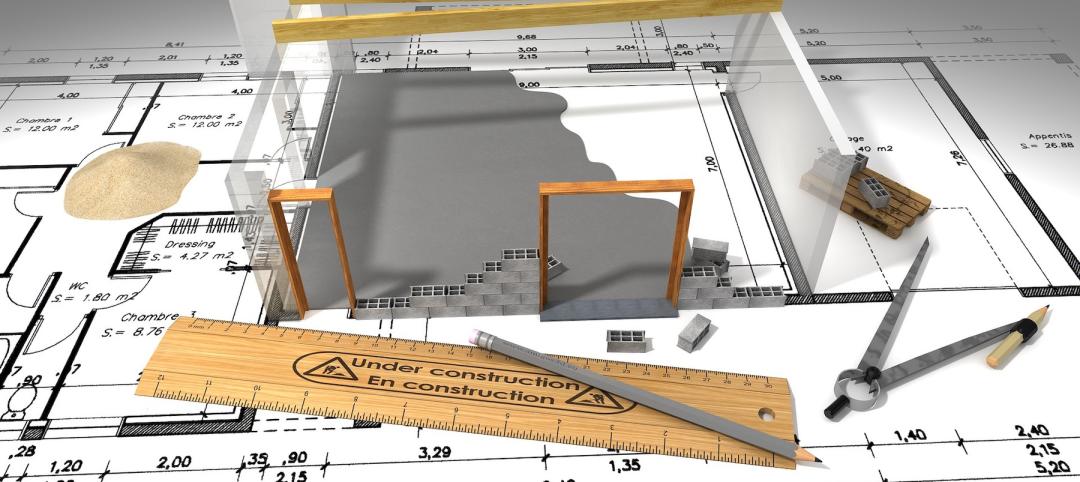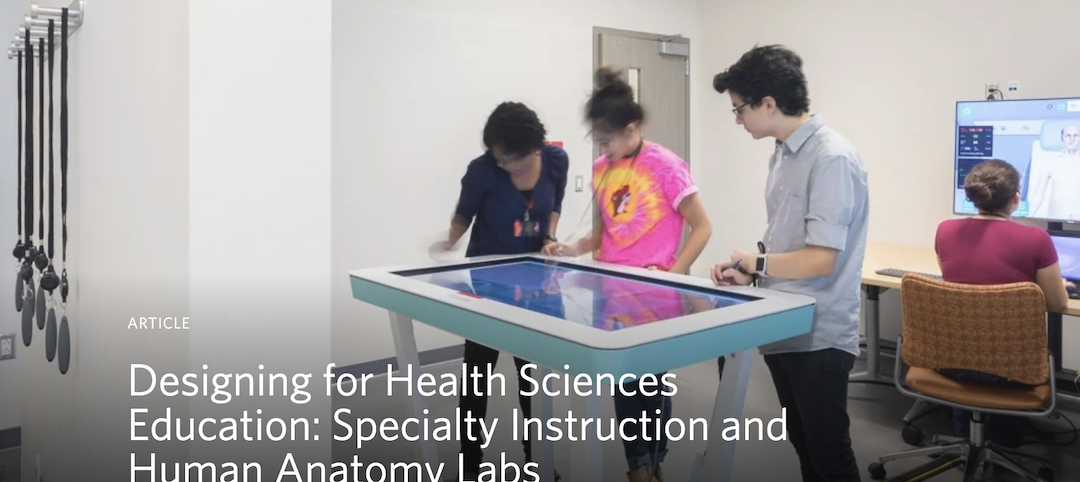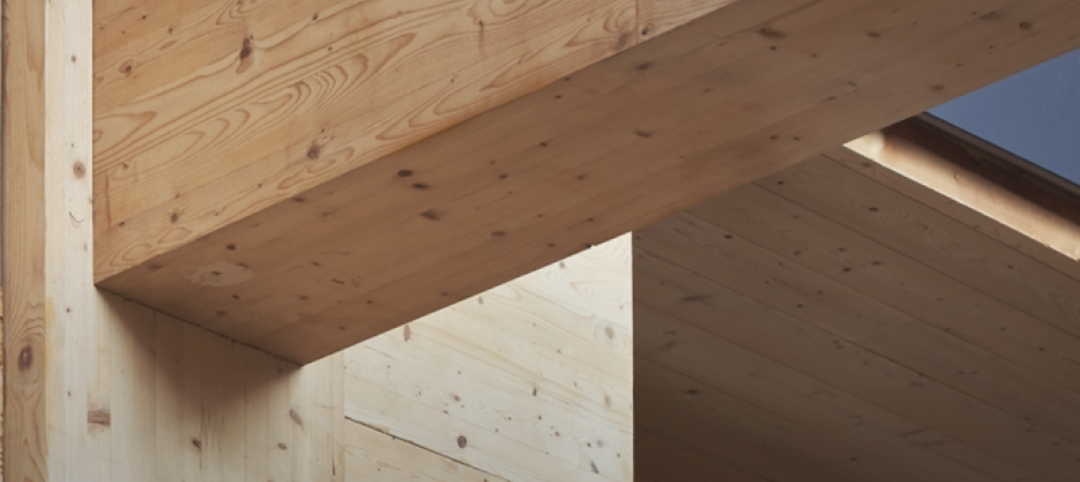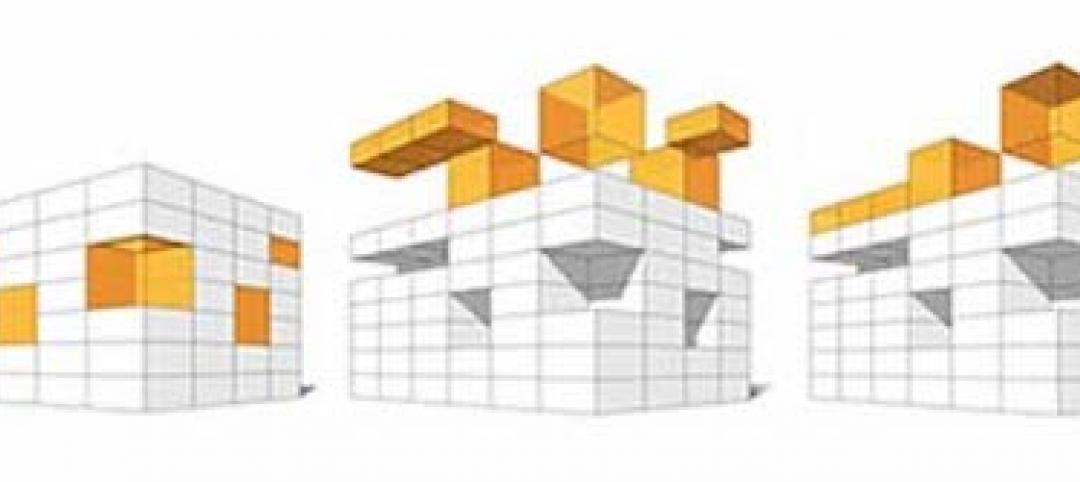An acquaintance recently asked me about the kinds of things I did on a day to day basis at work, anticipating a response loaded with enviable activities. She was wrong.
Sometimes there is prestige, like groundbreaking ceremonies, topping-out parties, and award ceremonies. The rest of the time we do things like:
1. Pick up red marks. Red marks are vital: it’s QAQC at its most primitive level. Someone checks your work with a red pen. You are obligated to pick up all the red marks and cross them out in green. They are laborious: sometimes educational, sometimes life saving, and sometimes downright insulting. They have different ways of making an entrance on the scene. Some people leave them on your desk and sneak away like a cat burglar. Others like to hand-deliver them with a smile on a Friday afternoon at 4:55 p.m. like a flower delivery guy—but with the sincerity of Joe Pesci character asking you to “come take a walk wit me.” One thing’s for sure: when you are on the receiving end…there is no glamor.
2. Redesign. Part of being in a creative field is refining your work over and over again. Ideally, this should happen in the design phase of the project (Schematic Design or Design Development). Sometimes, if you’re lucky, you get to refine the design the day before you go out to bid. If you’re even luckier, you get to redesign during construction. If you’re the luckiest, you get to redesign after construction. Redesigning has its limits of being glamorous.
3. Specify door hardware and create door and frame schedules. No offense to the many talented professional door and hardware specialists in the world (especially the one helping me right now on my project), but this is one task to me that is not glamorous. More thought than people know goes into creating a functioning door. As a layperson navigating through a building, it’s hard to notice the nuances. Doors have to meet codes in regards to fire ratings, accessibility, be within manufacturer’s third-party labeling constraints, be easy to swing, be durable, and sometimes…they actually get to look nice too.
4. Convert file types. We get requests all the time for different file types, sometimes within our own companies. I don’t think people realize how time consuming and depressingly mundane it is. If you want to assert your authority over someone and make it really sting, delegate this task to them. You’ll have that person updating their resume that night.
5. Answer RFIs. During the construction phase, Requests for Information (RFIs) are used by the Contractor or CM to ask the Architect questions and seek interpretations of the contract documents. There are lots of legitimate reasons for RFIs (especially on Fast-Track projects). The unglamorous part about them is that they have a time limit, and come unannounced like your friend Dupree. Oh, and they like to surprise you in your inbox the morning of that meeting with the client in which outstanding RFIs are discussed. These are sometimes necessary questions and sometimes used as collateral in an unspoken cold war of paperwork…and definitely not glamorous.
6. Review Submittals. Buildings are constructed from submittals. They are intended to demonstrate the contractors understanding of the design intent. They can number in the thousands, are time-sensitive, and carry lots of risk. There is a tremendous amount of pressure to review them accurately and quickly. Nerve wrecking, yes. Glamorous, not so much. This one I’ll mark, “Revise and Resubmit.”
7. Do our timesheets. There are all sorts of unbillable tasks architects have to go through: timesheets, expense reports, and quizzes to make sure you do your timesheets and expense reports properly. Many architects also have to handle accounting, contracts, hiring and firing. Hiring, fun. Firing, or “right sizing”…not fun.
8. Manage logs. There are logs for all kinds of things: open design issues, open code issues, open coordination issues, internal and external QAQC logs, change request logs, RFIs, submittals, construction deficiencies, and NFL weekly confidence pools. This is about as much fun as attending pre-meetings.
9. Make punch lists. It’s fun to be on site during construction. But it’s really fun to walk around the project and create a list of everything that every tradesman has done wrong—not. When you finish your list, it becomes a log. Double whammy. When you find someone’s work to be deficient, make sure to keep your hard hat on.
10. Create renderings. Rendering look great. But getting to that final image is kind of like watching sausages get made. First, grind together input from way too many sources, take a guess at way too many things, and stay up late waiting for some server to unfreeze in some unknown location. Great renderings almost always come at the cost of lost sleep, added doses of junk calories, and lost opportunities to pick up precious red marks.
About the Author
John Gresko is a Senior Project Architect at HDR. He has experience as a design architect and a technical leader. He is motivated by the challenge of complex projects, whether it is reaching toward the sky in tall buildings or the development of a building’s skin where there is the invisible interaction of light, air, and heat. He is an advocate for harmonious design integration where aesthetics, structure, building technology and systems, and sustainability come together seamlessly. More on Gresko.
Read more posts on HDR's BLiNK blog
More from Author
HDR | Jun 30, 2022
Adopting a regenerative design mindset
To help address the current climate emergency, a new way of thinking across the entire architecture, engineering and construction industry is imperative.
HDR | Jan 11, 2022
Designing for health sciences education: supporting student well-being
While student and faculty health and well-being should be a top priority in all spaces within educational facilities, this article will highlight some key considerations.
HDR | Sep 28, 2021
Designing for health sciences education: Specialty instruction and human anatomy labs
It is a careful balance within any educational facility to provide both multidisciplinary, multiuse spaces and special-use spaces that serve particular functions.
HDR | Aug 20, 2021
Prioritizing children’s perspectives with play-based design charrettes
Every effort is made to assure that captured insights and observations are authentically from the children.
HDR | Sep 25, 2020
Performance-based textile cleaning and disinfection in the age of COVID-19
It is essential for both designers and environmental services to know the active ingredient(s) of the cleaning products being used within the facility.
HDR | Jan 27, 2020
Elevating the human experience in public realm infrastructure
Understanding the complexities of a community by pairing quantitative data and human needs.
HDR | Oct 2, 2019
Why mass timber?
In a world where the construction industry is responsible for 40% to 50% of CO2 emissions, renewable materials, such as wood, can help mitigate the rate of global warming.
HDR | Aug 23, 2019
5 converging trends for healthcare's future
Our solutions to both today’s and tomorrow’s challenges lie at the convergence of technologies, industries, and types of care.
HDR | Dec 18, 2018
Redesigning the intergenerational village: Innovative solutions for communities and homes of the future
Social sustainability has become a central concern in terms of its effect that spans generations.
















